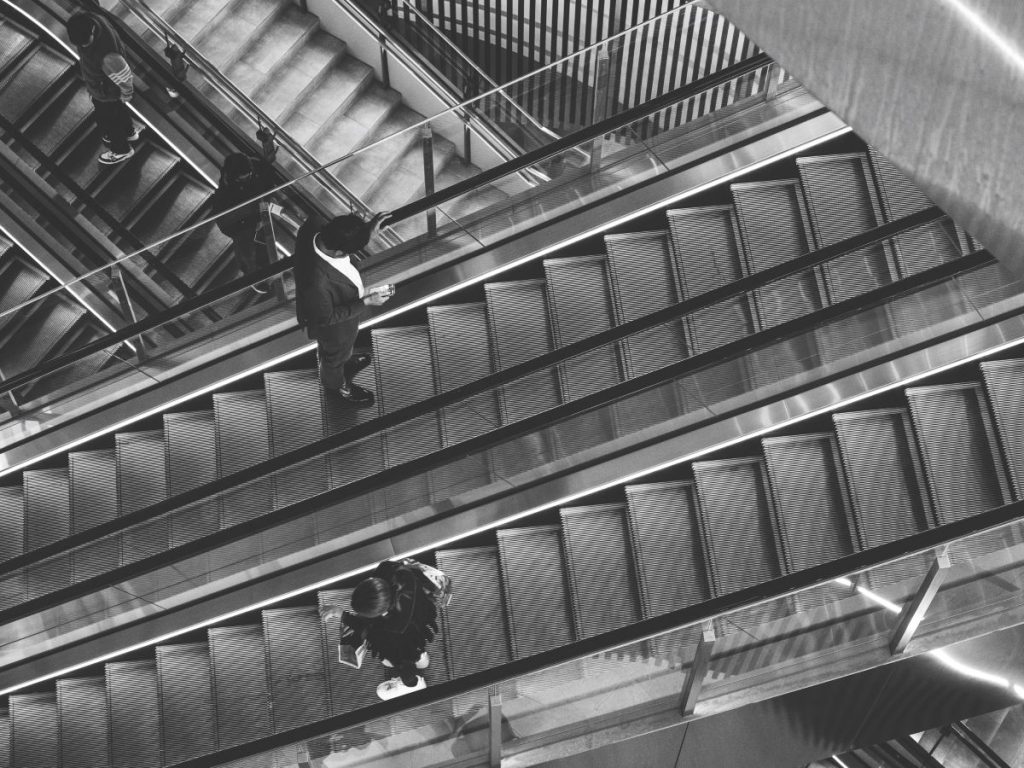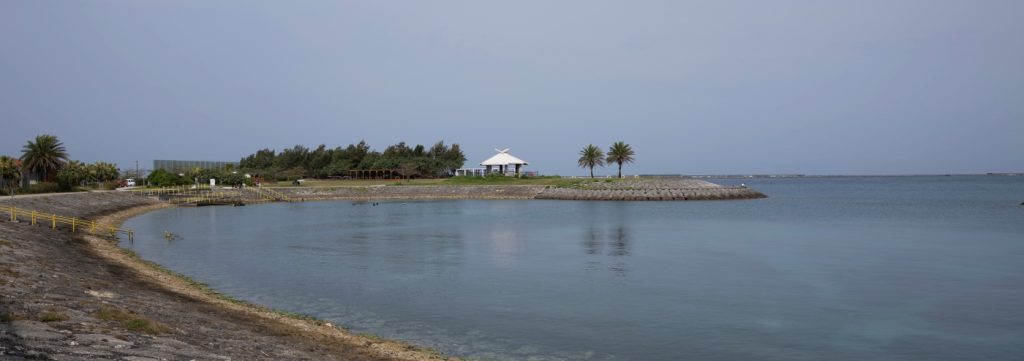
Shooting with the Fujifilm GFX100RF (©Jason Halayko)
Fujifilm has recently released the GFX100RF, a medium format, fixed-lens camera. Its unique features have divided many comment sections on the internet, with people both loving and hating the direction Fujifilm took with this camera. I was fortunate enough to borrow a GFX100RF for a week and thought I would share my experience of actually using the camera and testing out the various features (or lack thereof) that have the internet so excited.

First, Fujifilm's GFX system of cameras is known for having massive sensors, and the GFX100RF is no exception. With a 102MP sensor, this camera produces images that are unbelievably larger than you would get from your ordinary modern-day DSLR camera.
It allows superb image quality. But it also enables the ability to crop images to an extent I would never try with my current cameras. Not that I would want to rely on this too much, but knowing you can crop as needed without losing image quality is a great help in chaotic situations like event or street photography.


As mentioned above, the GFX100RF is a fixed lens with a 35mm focal length and an f/4 aperture. A focal length of 35mm on a medium format camera is equivalent to about 28mm on a DSLR. So, it is actually quite a wide lens.
The Aperture Controversy
I don't hear too many complaints about the focal length. However, the choice to go with an aperture of f/4 seems to have a lot of photography enthusiasts scratching their heads. Personally, I mostly shoot with f/1.4, 1.8, and 2.8 lenses wide open. I like to blur my backgrounds (bokeh) to allow my subjects to stand out as much as possible. So I was honestly a little disappointed that Fujifilm decided to go with f/4 for this camera.

However, I found the bokeh the GFX100RF produces to be quite pleasant when actually trying the camera for portraits, street, and even breakdance photography.

It was something I got used to quite quickly. In fact, I even forgot about the issue after a couple of hours of shooting. Of course, a wider aperture would be nice, especially at this price point. Nevertheless, I don't think f/4 is the deal breaker that so many people seem to be saying it is.

A Physical Dial to Switch Aspect Ratios
One new feature that Fujifilm has brought to the GFX100RF is a physical dial that allows the user to switch between various aspect ratios directly in the camera. I have never seen a camera with a physical dial dedicated to this. Therefore, I was quite interested in seeing how I could integrate this into a day of shooting. Unfortunately, after trying the camera for a few days, I was pretty confident I would not use this ratio dial in my day-to-day shooting.



When using the dial and shooting in RAW+JPEG mode, the camera will produce a JPEG cropped to the selected ratio. And it will also add a crop to the RAW as well. The crop to the RAW can be taken off using any photo editing software. However, for my style of shooting, it just feels like an unnecessary extra step to take when editing. The only time I could see myself needing cropped JPEGs is when shooting for social media at an event. And even then, I would prefer to edit the RAWs first, then pass on those images as JPEGs if and when needed.
Sharp Images Despite the Missing IBIS
There is one missing feature in the GFX100RF that seems to have upset a lot of people. It is the lack of any internal stabilization (IBIS) when taking photos with this camera. With an aperture at f/4, you are required to either slow down your shutter speed or increase your ISO more so than if you were to be shooting with a lens with an aperture of f/1.8, for example.
If the camera had IBIS, this could be okay. However, because it is missing, many photographers online have complained that they can't get sharp images, even at a shutter speed of 1/250.

During my shooting, at night in Okinawa especially, I was lowering my shutter speed to 1/60 and 1/30 and still getting sharp images. Of course, I was being careful when taking the photos. But what I got turned out great time and time again, even without IBIS. Therefore, I am not exactly sure what these other photographers are doing when taking pictures at lower shutter speeds.


GFX100RF's Video Function
Lastly, the Fujifilm GFX100RF not only takes great photos, but it also captures 4k/30fps videos as well. This is not uncommon for modern cameras. But what is unique is that the GFX100RF houses a 4-stop internal ND filter that can easily be turned on and off in the menu.
Shooting video at 30fps requires a shutter speed of 1/60, which is quite slow, and allows a lot of light to reach the camera's sensor. This can be somewhat negated with camera settings, but there is a limit to this method. This is why many videographers use ND filters to shoot at wider apertures in bright light. Basically, they are like sunglasses for your camera.


I loved how this was internal in the GFX100RF and found I was using it for all the video I was taking (except at night, of course) during my test shooting. Having it as a separate accessory means you have yet another thing to forget when heading out shooting. Therefore, having it always inside the body is super helpful for people like me!
All in all, the GFX100RF has been surprisingly polarizing in the photography community. Unfortunately, many people are expressing strong opinions about the camera without actually trying for themselves.
Although I don't think I would use the ratio dial in my own shooting, the camera itself is light and small for a medium format option. The auto focus was bang on, and the images it produces are amazingly large yet easy to edit. I hope I can play with the Fujifilm GFX100RF again in the near future!

RELATED:
- [A Photographer's Notes] Honest Review of Fujifilm's 'The New Standard' GF55mm f/1.7 R WR
- Japanese Camera Brands Focus on Social Media Creators at Major Trade Show
Author: Jason Halayko
Jason Halayko is a professional photographer specializing in action sports and portrait photography. Follow him on X (formerly Twitter) and Instagram.








